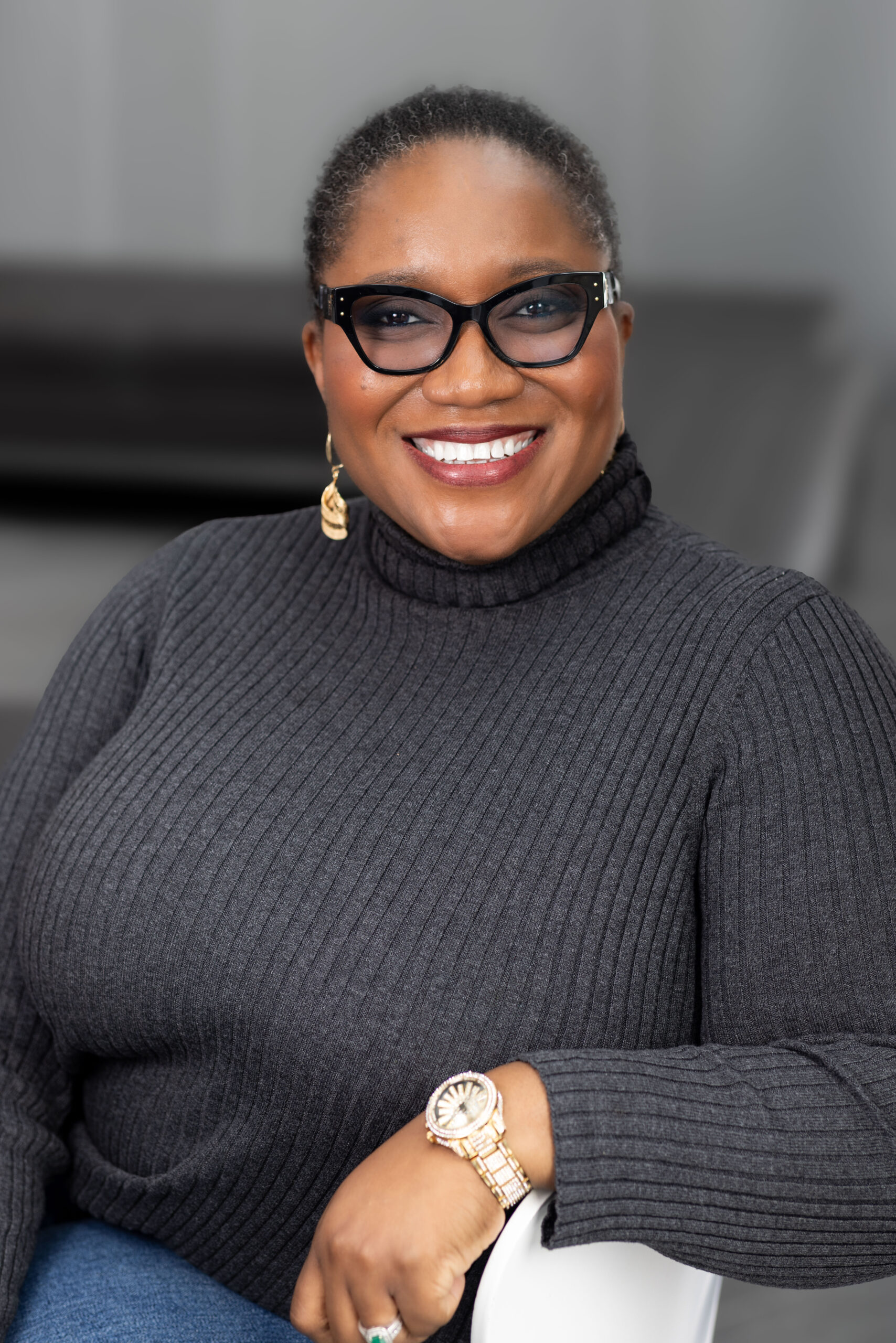
In an industry driven by the critical mission of helping patients, the focus is shifting toward the full experience individuals have when interacting with healthcare. While scientific innovation and effective treatments remain central, leaders are increasingly recognizing that a seamless, positive customer experience (CX) is no longer optional—it’s a core driver of both patient outcomes and business success.
Why CX Is a Strategic Imperative, Not a Luxury
At the forefront of this shift is Barbara Salami, the U.S. Head of Commercial Excellence and Innovation at Novo Nordisk. With deep experience in pharmaceuticals and biotech, and a leadership style grounded in compassion, Salami is championing CX as a strategic imperative and what she calls an “impact multiplier.”
“For an industry that has such an important mission to help patients, we are at a juncture now where, truly, the pro-innovation in itself does not suffice—especially if patients can’t get access to it. It doesn’t matter what we’re doing,” Salami tells BlackDoctor.org.
Many patients—especially patients of color—report feeling dismissed, confused, or unheard, which can directly affect their clinical outcomes. Salami sees this as a call to action.
“We can no longer afford to have these outdated, siloed, or friction-filled experiences,” she says. “It is a competitive advantage, and it’s not just fluffy, as it’s usually framed. It’s truly one that drives equity. It helps patients stay on therapy if we do it the right way, and ultimately, it builds trust.”
The Power and Potential of Artificial Intelligence
Salami is leading the charge at Novo Nordisk to integrate artificial intelligence (AI) into commercial operations—a key piece of the CX transformation.
“The consumerization of generative AI has truly played a significant role in shifting the paradigm for many—myself included,” she says. “I love AI because it gives us what I consider superpowers, especially when used intentionally and ethically. I’m genuinely excited about its potential to unlock how we, as humans, can better use our time and focus on the things only we can truly do—like empathize and create value. And in our industry, that means creating value for patients, for customers. Creating new and innovative opportunities, and ultimately, making meaningful connections.”
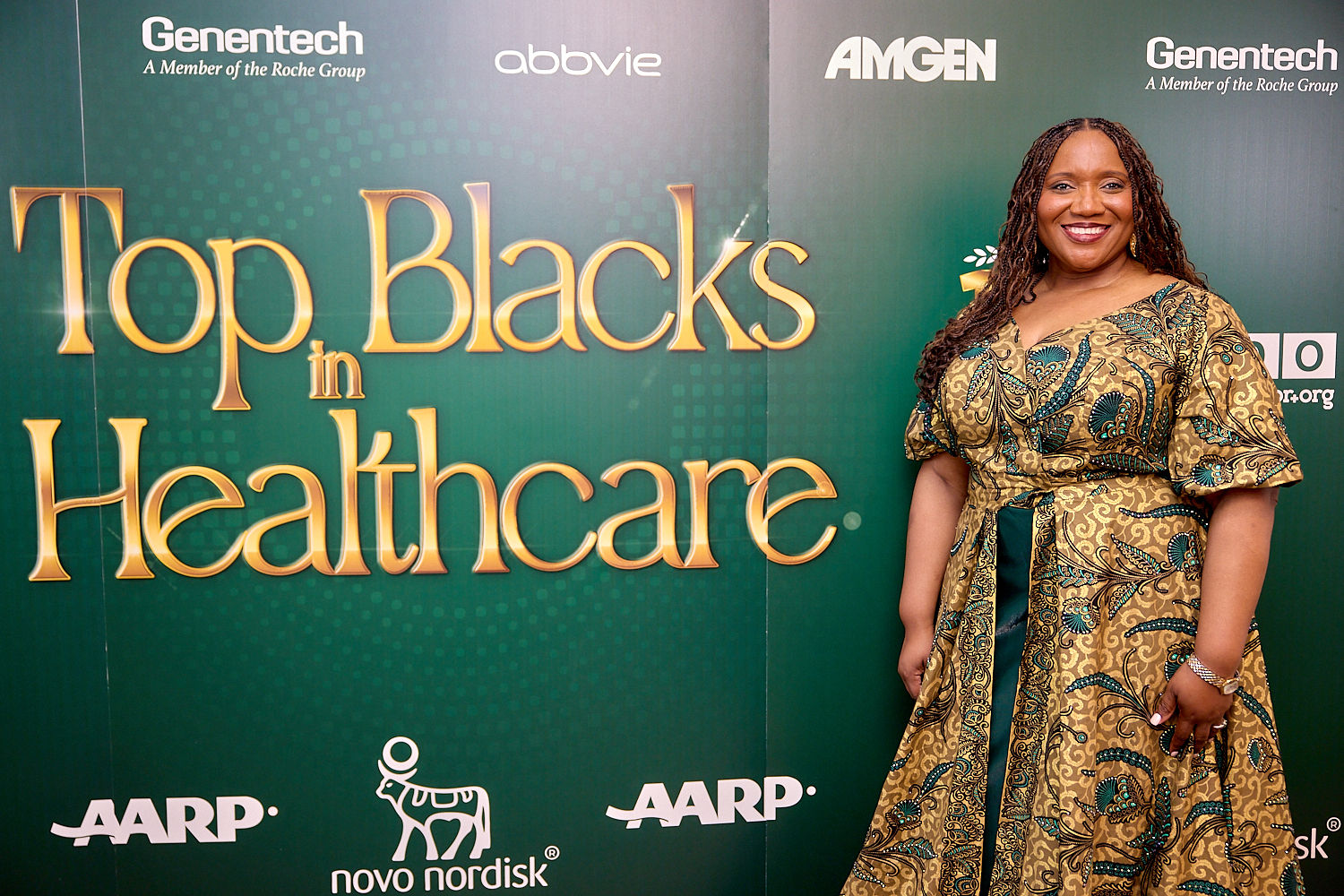
Bringing Mission-Driven Innovation to Life
From a marketing perspective, Salami sees several key opportunities for AI to transform the industry:
- Revolutionizing marketing: Using AI to reveal consumer insights in real time.
- Optimizing the content value chain: Streamlining how content is developed, approved, and deployed.
- Improving supply chain operations: Making product availability more predictable and efficient.
- Overcoming barriers to access and adherence: Using AI to break down long-standing obstacles in patient care.
“I’ve always lived by a simple principle: I’m not interested unless there’s a mission. There’s no model without a mission—no model without a clear purpose,” Salami says. “Every AI solution has to be anchored to something real—a patient friction point, a provider pain point, or a commercial blind spot. Otherwise, what tends to happen is we create AI models and apps that fall into what I call the ‘app graveyard.’ I’m very focused on avoiding that by understanding who the users are and what they actually need.”
Creating a Path for the Next Generation in STEM
Beyond her corporate work, Salami is deeply invested in building the future of STEM (Science, Technology, Engineering and Mathematics), particularly for young women and underrepresented youth. That passion stems directly from her upbringing.
“I grew up with two parents who were professors, so I’ve always had a passion for academics and learning,” she says. “But even more than that—being a woman, a Black woman in STEM—it was really important to me to create the kind of launchpad I felt like I never had.”
As co-founder of STEM Dragons, Salami is working to close the representation gap in science and tech.
“I often felt like ‘the only’ in many situations, and STEM Dragons was born from a belief that brilliance is equally distributed,” she says. “There continues to be a gap in the number of women—and, quite frankly, youth in general—who are interested in technology. I wanted to make learning exciting for them, to help them see the possibilities. It’s about changing the paradigm. One dragon at a time, we ignite potential, create explosive opportunities, and give every young person a real chance.”
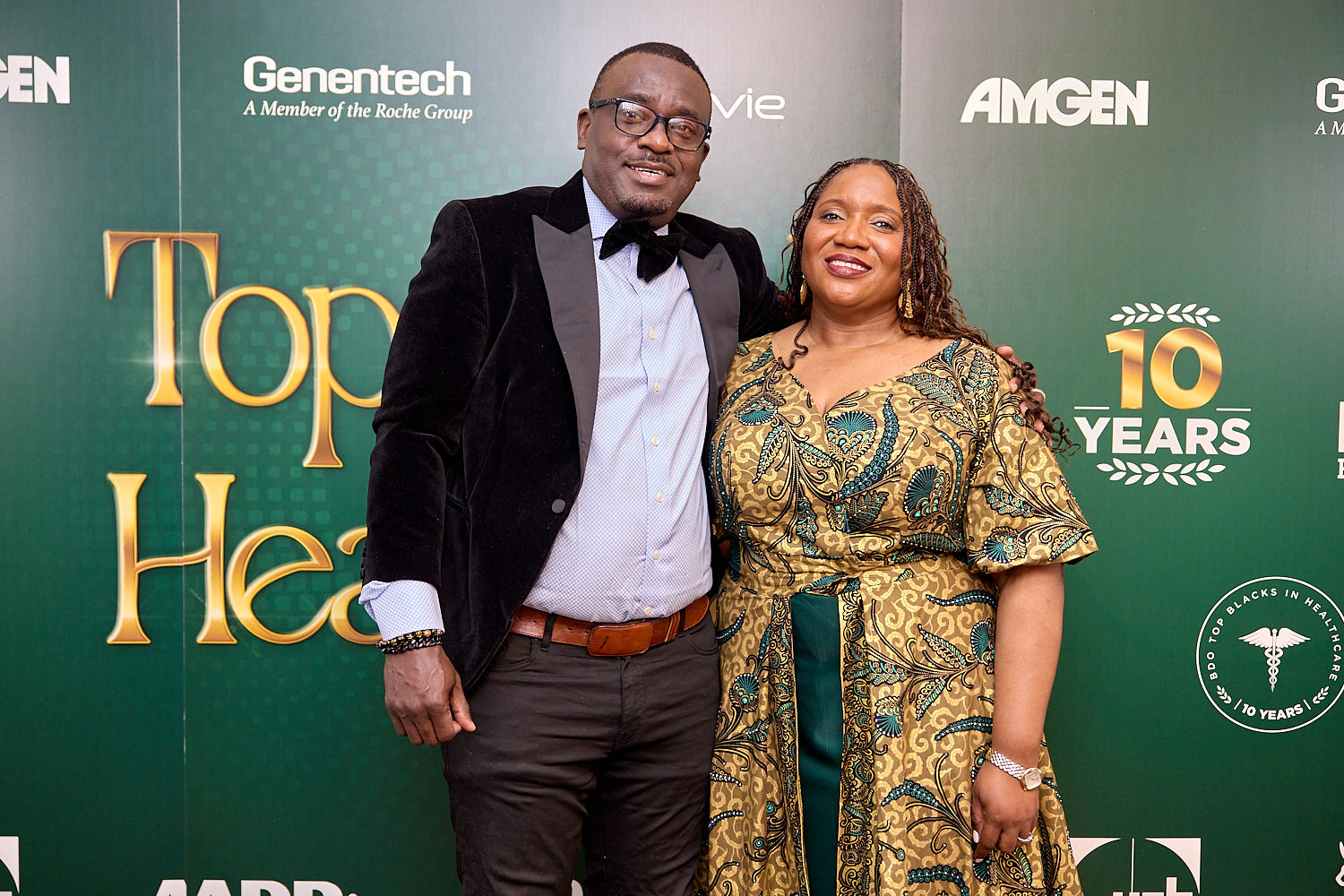
A Personal Mission Rooted in Firsthand Experience
Her drive to change the healthcare experience started long before her corporate career.
“I grew up in Nigeria—I’m the eldest of five children. My parents were professors, and culturally, the first child is often expected to become a doctor. I had always considered it,” Salami says. “But I witnessed firsthand the deep disappointment and systemic issues in healthcare, not due to racism, but due to poor infrastructure and a callous attitude toward health and care. That drove me to want to create real change, not just as a doctor, but by working in a space where I could redesign the system. That’s why I’m so passionate about the healthcare experience.”
Experience Is a Health Multiplier, Not a Buzzword
She emphasizes that medication is only a small part of what drives patient outcomes.
“The drug itself accounts for just about 10 percent,” Salami explains. “So many other things matter. Are they close to a healthcare facility? Are they seen when they walk in? Do providers understand that this particular patient might need more than just therapy? Can the patient even afford the therapy? Is it available and in stock? All of these elements come together as part of the overall experience. That’s why I say experience is a multiplier—it helps patients become the best versions of themselves.”
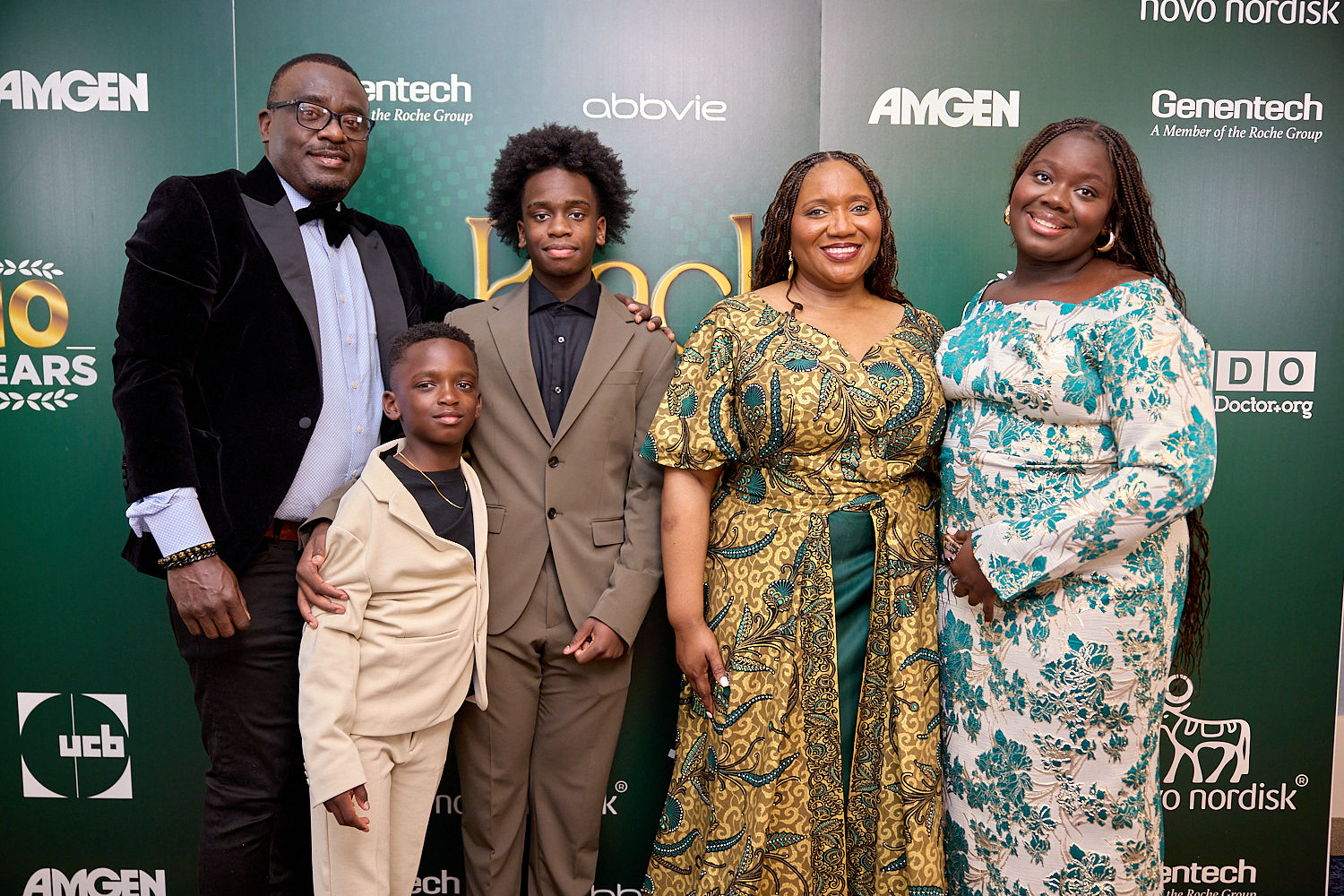
Mentorship as a Catalyst for True Inclusion
Mentorship is another area where Salami makes a strong impact.
“I’ve had great mentors—and I’ve had horrible ones. Mentorship taught me to see potential beyond pedigree,” she says. “It’s helped me build teams where difference is a feature, not a bug. And I know that’s not always the norm. People often reduce ‘diverse teams’ to race or ethnicity, missing other dimensions—like age, background, and experience. I embrace all of that, because the best innovation often comes from the voices that aren’t always heard.”
Salami is intentional about making space for those voices, because it’s what she once needed from a mentor herself.
“I wanted someone who reminded me how awesome I was, how unique I was, and how valuable my perspective was at the table,” she says.
She shares a story about mentoring a young Black man that reshaped her own understanding.
“I started off by saying something like, ‘You probably don’t feel seen because of your ethnicity.’ But he stopped me and said, ‘Actually, that’s not the issue—I feel unseen because I’m young.’ That really shifted my perspective,” she says.
“For me, mentorship is about understanding the full picture. I make time for anyone who wants it, because it’s such a powerful opportunity. And when I see people, I try to consider the full intersectionality of who they are, not just one label.”
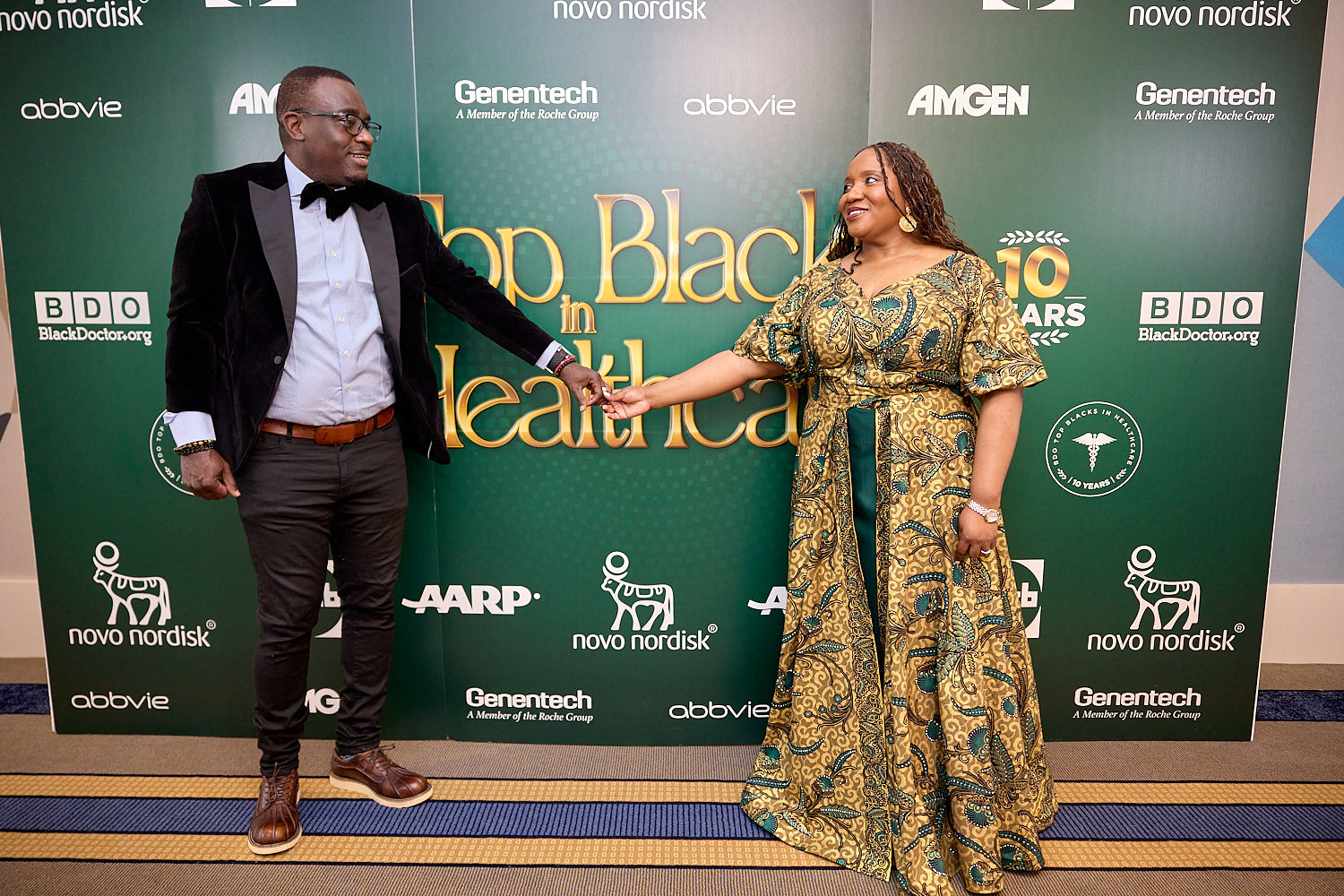
Leadership Lessons: Listening, Safety, and the Silence Trap
When reflecting on leadership, one lesson stands out most: “Never confuse silence with alignment.”
“I’ve learned that the hard way,” she says. “Transformation itself can be a trigger. It creates anxiety about the unknown, about what might be exposed. That anxiety can quickly lead to silence.”
Salami believes that recognizing the root of silence is key to leading transformation well.
“People aren’t just worried about the change—they’re worried about what it might reveal,” she explains. “Creating psychological safety is essential. And the higher your title, the more responsibility you have to create that space.”
Transformational Change Begins with Human Connection
Asking hard questions, she says, should come with compassion.
“We ask not to trap people, but to understand where the biggest opportunities lie,” she says. “What’s equally important is staying quiet long enough to hear the honest answers. Don’t jump to conclusions. That’s been a critical lesson for me.”
She encourages other leaders to stay grounded in the human side of change.
“It’s easy, especially as a transformation leader, to get excited: ‘Once we change this, here’s what will happen to the business.’ But real people are involved,” Salami concludes. “When you truly recognize that silence does not mean alignment—and that change isn’t just about new systems, it’s about fear, anxiety, and safety—you realize how vital it is to create space for openness. When people feel safe enough to give you honest answers, that’s when you actually have a chance to win.”









